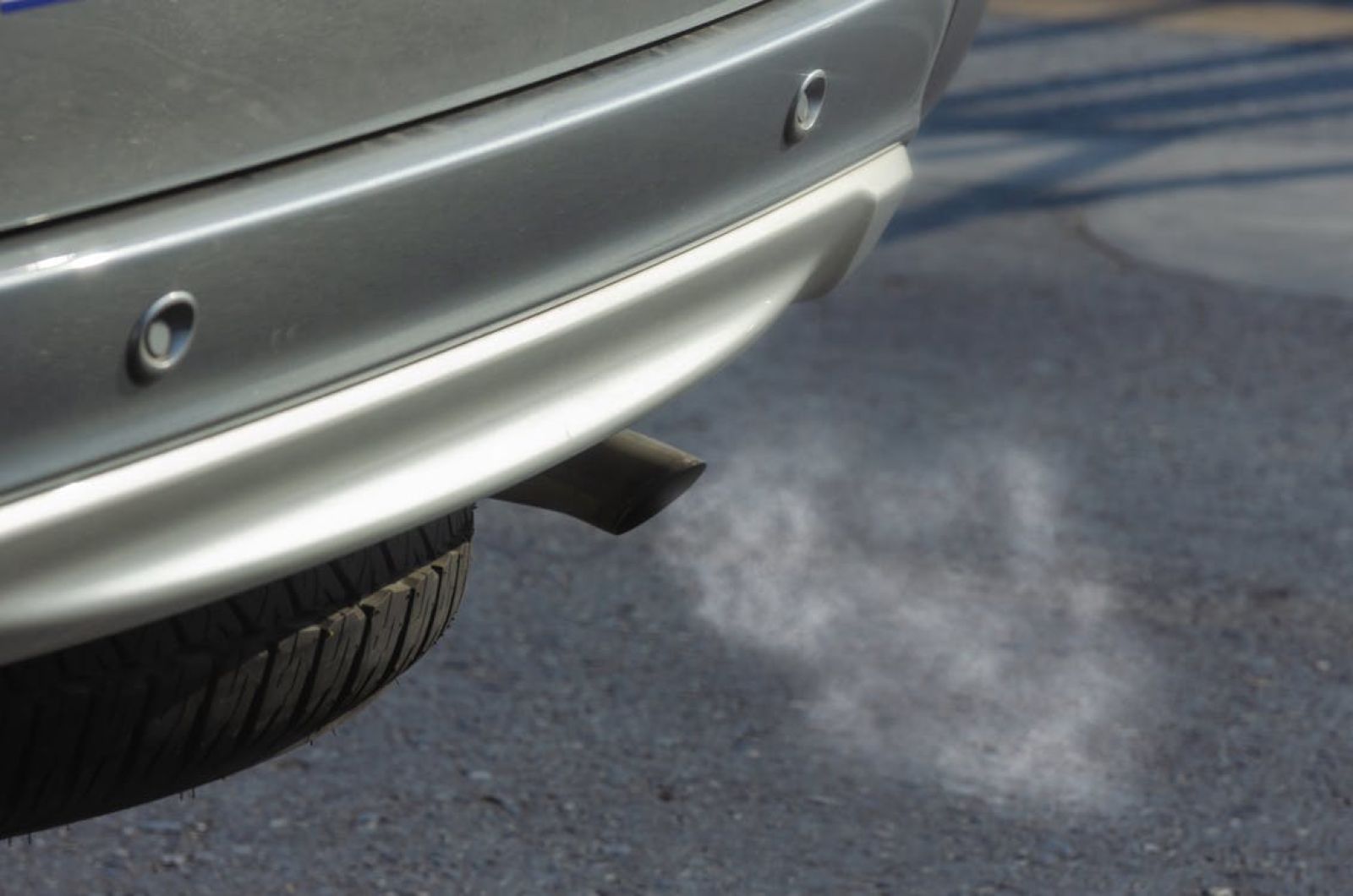The most dangerous pollution from cars: is it really from the exhaust pipe? 💨
Published by Cédric,
Article author: Cédric DEPOND
Source: Agir pour l'environnement
Other Languages: FR, DE, ES, PT
Article author: Cédric DEPOND
Source: Agir pour l'environnement
Other Languages: FR, DE, ES, PT
Follow us on Google News (click on ☆)
Billions of plastic particles are released with every mile (kilometer), directly affecting our health.

Image credit: Pexels
A car loses up to 0.0053 ounces (151 mg) of rubber per mile (kilometer) driven. These microparticles go unnoticed by air quality monitoring systems. They disperse and eventually end up in our lungs.
Tires contain a wide variety of chemical compounds, some of them highly complex. Among them, certain compounds are classified as carcinogens, raising serious concerns among public health experts. These substances include polycyclic aromatic hydrocarbons, well known for their toxic potential. Analyses have revealed that these additives and chemicals represent up to 50% of the total mass of a tire.
Electric vehicles are no greener when it comes to plastic pollution. Being heavier, they release more fine particles. This major issue affects both the air and the oceans. The weight and power of cars worsen the situation. The heavier the vehicle, the more particles it emits. Brakes also contribute to this hidden pollution.
The environmental advocacy group Agir pour l'Environnement is calling for transparency regarding tire composition. Industrial secrecy conceals toxic substances that endanger public health. In light of this, action must be taken to reduce this invisible pollution. Governments are now being called to act.
What are tire wear microparticles?
Tire wear microparticles are tiny fragments of material released as rubber wears down. With every rotation of the wheel, friction on the road degrades the tire, releasing these particles. They are so small that they are invisible to the naked eye.
These particles consist mainly of plastics and chemical additives. Up to 50% of a tire's mass is made up of synthetic substances. Some, such as volatile organic compounds (VOCs), can have toxic or even carcinogenic effects on health and the environment.
The microparticles are very light and remain suspended in the air, or they settle in soil and water. Their small size allows them to bypass the body's natural defenses, potentially entering the lungs or bloodstream and posing health risks, especially for the respiratory system.